Writing is a very complex medium. For example, did you know there are only 32 different types of plot? Yet these plots are in every story you read – even the newspaper! There are also numerous genres of writing, such as poetry or science fiction.
Today, we’ll be focusing on eight categories which any written work may fall under. These categories often overlap to the point it might be argued that there are four main types and four supportive types.
Having an understanding of these writing types, what they include, and how they interact will allow you to write more effectively, regardless of the genre.
Types of Writing
1. Creative Writing
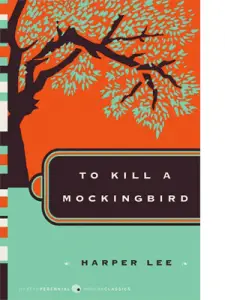 This is probably the first thing you think of when someone mentions writing. Creative writing is any work based on the imagination.
This is probably the first thing you think of when someone mentions writing. Creative writing is any work based on the imagination.
Fiction is the most obvious example of creative writing. However, just about any writing style may employ creative writing when a bit of imagination is needed, from poetry to non-fiction and biographies.
Harper Lee’s To Kill a Mockingbird is one of the best pieces of creative writing of all time. A good example of the latter is Being George Washington by Glenn Beck.
2. Descriptive Writing
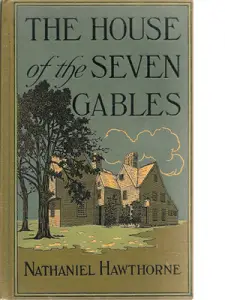
As the name implies, descriptive writing employs physical description to help create immersion. It’s a keynote for narrative writing but may also be used to describe the set-up for an experiment or activity in expository writing. An example of this is describing the contents of a well-stocked rucksack in a guide on hiking.
It can be easy to over-describe something in fiction to such an extent the reader get pulled out of the story.
Two classic examples of this are the paragraph-long description of a snot bubble in Stephen King’s Carrie or the page-long paragraph describing a single room in Nathaniel Hawthorn’s House of the Seven Gables. As with all things, moderation is the key to good description.
3. Expository Writing
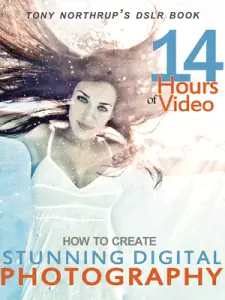 The purpose of exposition is to explain or guide the reader through a topic using only factual information. The manual for your TV remote is a form of expository writing, as are many self-help books revolving around pregnancy or health. This writing type is especially useful for those who prefer a visual type of learning.
The purpose of exposition is to explain or guide the reader through a topic using only factual information. The manual for your TV remote is a form of expository writing, as are many self-help books revolving around pregnancy or health. This writing type is especially useful for those who prefer a visual type of learning.
See Also: 20 Different TV Show Genres
Textbooks used for education are, by necessity, expository. Another example is this very article, which seeks to explain how types of writing may be used without suggesting any one type is intrinsically better than the rest.
An example of expository writing is the popular How to Create Stunning Digital Photography by Tony Northrup.
4. Narrative Writing
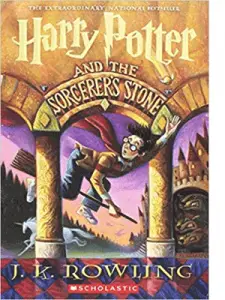 This is the fine art of storytelling in a nutshell. Narrative writing tends to be more difficult than other forms of writing due to the need for total immersion no matter if it’s about human, fairies, dragons, demons, or others.
This is the fine art of storytelling in a nutshell. Narrative writing tends to be more difficult than other forms of writing due to the need for total immersion no matter if it’s about human, fairies, dragons, demons, or others.
Regardless of genre, the author must describe characters and environments in such a way the reader is pulled into the world depicted and led through one or more events.
Narrative stories are usually a snapshot of a point in the main characters’ lives. Not only does narrative writing employ descriptive writing for the physical aspects, it must also describe emotions, thoughts, and mindsets so the reader may better relate to characters.
Related: 3 Different Types of Epics
Care must also be taken to avoid breaking the fourth wall unless it benefits the genre of the story. Film noir at cinemas uses a fourth-wall breaking narrative style that not only works, but has often been used in noir-style detective novels.
Other good examples are comedies where a character argues with the narrator. As the tone directly impacts whether a story may successfully break the fourth wall, it’s usually best to limit this trope to biographical or autobiographical narratives or comedies.
Narrative writing most often occurs in a first or third person perspective. First person has an autobiographical tone but may be fictional, whereas third-person ignores the narrator’s presence.
Percy Jackson is a good example of first-person narrative fiction while Harry Potter is third-person. Note that it’s possible to write second-person narratives, albeit very difficult.
A good example is the classic Choose Your Own Adventure series where the reader had to make choices and turn to the appropriate page for the results.
5. Objective Writing
 Being objective means sticking to facts instead of opinions. This is an important part of expository and persuasive writing. However, it may also be useful in descriptive or narrative writing.
Being objective means sticking to facts instead of opinions. This is an important part of expository and persuasive writing. However, it may also be useful in descriptive or narrative writing.
The style tends to lack adverbs and be very matter-of-fact. Psychological research papers rely heavily upon this type of writing, although it may often prove too dry for entertainment purposes.
Despite having a reputation for political biases, newspapers still rely heavily upon objective writing.
The Chicago and AP styles use short paragraphs of one to three sentences and resort to terms such as “allegedly” and “suggested” when there’s ambiguity or lack of a final verdict regarding a topic to help avoid persuading the reader to believe an unproven aspect of the text.
6. Persuasive Writing
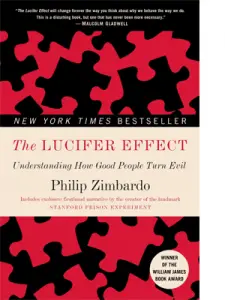 This type may be referred to “the art of the deal”, as the goal is to persuade the reader to adopt the writer’s opinion. It’s both the opposite and (frequently) dependent upon expository writing as a good writer will use statistics, historical evidence, or other research to back their claims objectively.
This type may be referred to “the art of the deal”, as the goal is to persuade the reader to adopt the writer’s opinion. It’s both the opposite and (frequently) dependent upon expository writing as a good writer will use statistics, historical evidence, or other research to back their claims objectively.
Some forms found in newspapers, such as opinion columns and letters to the editor sections may have little or no exposition and focus more heavily upon opinion.
Devil’s advocate is another form of persuasive writing where the author gives one side of an argument before providing a rebuttal to confirm or deny part of the first argument. As this form offers some validity to both sides, it tends to be a more successful method for altering the reader’s perspective on a subject.
It may also end with a “call to action”, i.e. a statement directing the reader to act on or spread the information they’ve just read about.
One iconic example of persuasive writing is Dr. Philil Zimbardo’s The Lucifer Effect: Understanding How Good People Turn Evil, a book that culminates decades of research into how otherwise good people may commit atrocities when influenced by authority figures.
The book includes his own Stanford Prison Experiment as just one example of the many experiments performed after the Nuremberg trials.
7. Reviewing
 A review is a blend of styles meant to aid the reader in deciding to invest in a product or experience. This form of writing relies heavily upon descriptive writing, blending both objective and subjective thoughts to relay the author’s experience with the topic.
A review is a blend of styles meant to aid the reader in deciding to invest in a product or experience. This form of writing relies heavily upon descriptive writing, blending both objective and subjective thoughts to relay the author’s experience with the topic.
While not necessarily a persuasive text, the writer may or may not recommend the subject matter, supported by both factual and personal reasons. Reviews may cover books, film, toys, video games, or even theme park experiences.
Describing physical flaws (“This toy is made of low-quality plastic and may break easily.”), perks (“The game was superbly made, with no visual or gameplay bugs present upon release.”), or experiential opinions (“When the monorail cut across the park, the view was breathtaking.”) are all important aspects of good review writing.
8. Subjective Writing
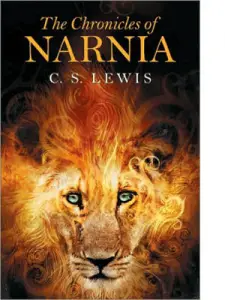 This is the tails to the objective coin. Where objective writing requires a focus on facts, subjective writing is opinion-driven. Many books purporting to be factual may, in fact, be subjective.
This is the tails to the objective coin. Where objective writing requires a focus on facts, subjective writing is opinion-driven. Many books purporting to be factual may, in fact, be subjective.
Self-help books are notorious for this problem, persuading the reader to believe a method has been proven without providing any definitive research to prove it.
In fiction, subjective writing is often the result of allegory. For example, in C. S. Lewis’s Chronicles of Narnia, and J.R. Tolkien’s The Hobbit, the main books use Christian imagery to make the characters into Christlike figures.
In many cases, such allegories are meant to show a higher moral road without actually attempting to convert the reader to that religion. In such cases, the subjectivity is in what makes a person “good” or “evil” and may include personal interpretations of what constitutes a grey area.
Unlike persuasive writing, subjective writing often seeks to share the author’s perspective or philosophy without trying to change the reader’s own opinion. It may provide no argument or call to action, instead describing the author’s own experiences.
Buddha Siddhartha Guatama once described to his pupils his own path to enlightenment, ending with the warning that each person has his own path and what failed for him may work for another. This famous teaching is a prime example of how subjective writing differs from persuasive writing.

